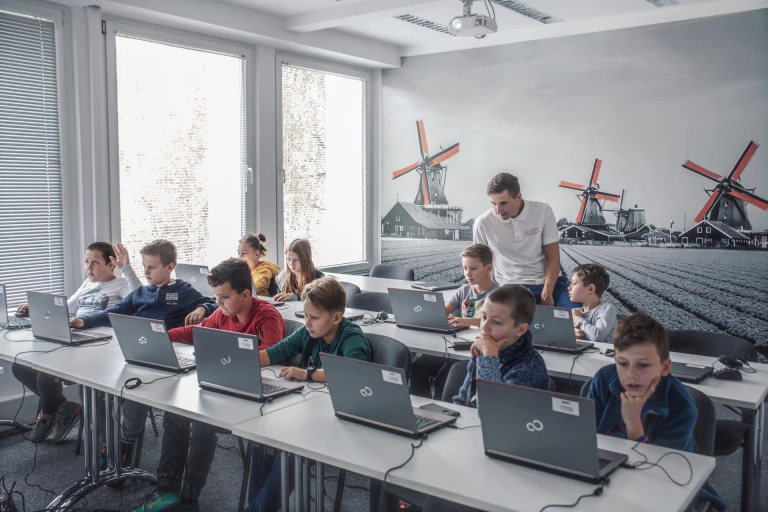Εισαγωγή
This course is an opportunity to learn the language used by professional programmers. By learning the Python programming language, students are introduced to the terminology commonly used in the IT environment, learn to write their own code and create their own programs and games with pygame library. During the classes, students will get to know, inter alia, issues such as classes and exceptions - their elements and application and create your own Python projects.
